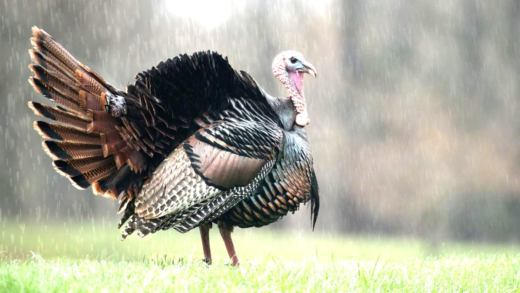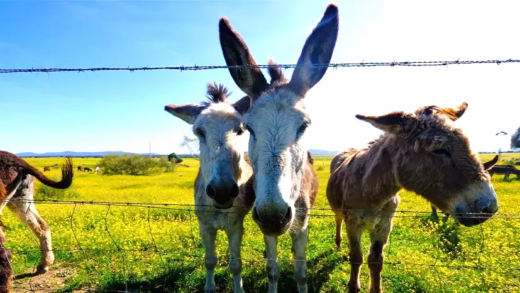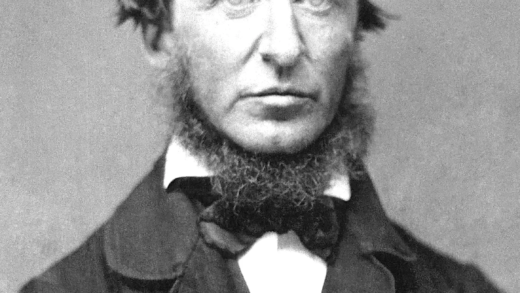Deer are most active in fall, especially during dusk and dawn, increasing the risk of vehicle collisions. The full moon also affects their movement patterns. Key areas for deer accidents include wooded regions and near water sources. Statistics show significant financial and personal consequences from these collisions. To prevent accidents, drivers should remain alert and take necessary precautions. In case of a deer encounter, braking firmly is crucial. Understanding these factors can enhance driver safety.
Deer Activity in Fall: Why Are Deer More Active in Fall?
Deer crossing is a common sight in autumn, as this is the peak season for deer activity. During the fall, deer exhibit heightened movement due to several factors, including mating season and food availability. The cooler temperatures and changing foliage stimulate their foraging habits. Bucks, in particular, become more active as they search for does, leading to increased road crossings.
Research indicates that deer vehicle collisions statistics show a significant uptick during this period. Drivers should be especially vigilant, as deer are more likely to be on the move at dusk and dawn, when visibility is low.
Dusk and Dawn: How Do These Times Affect Deer Movement?
Deer movement at dusk and dawn is critical to understanding deer behavior. These times are when deer are most active, making them more likely to cross roads. The low light conditions create a perfect scenario for deer to feed while remaining somewhat concealed from predators. For drivers, this means heightened awareness is necessary during these hours.
Statistics reveal that the majority of deer-related accidents occur during these twilight periods. It is advisable to reduce speed and stay alert, especially in known deer crossing areas.
The Full Moon Effect: What Role Does the Full Moon Play in Deer Activity?
The effects of the full moon on deer are fascinating. Studies suggest that during a full moon, deer tend to be more active during the night. This nocturnal behavior can lead to unexpected encounters with vehicles. Increased visibility from the moonlight might encourage deer to venture further from cover, raising the risk of collisions.
Understanding this lunar influence can help drivers adjust their travel plans. If a full moon is forecasted, extra caution is warranted when driving at night.
Common Areas for Deer Accidents: Where Are the Hotspots for Deer-Vehicle Collisions?
Deer crossing zones are often found in specific areas that pose higher risks for vehicle collisions. Common areas for deer accidents include:
- Wooded Areas: Regions adjacent to forests or dense brush are prime spots as deer often venture from cover to forage.
- Near Water Sources: Locations close to rivers, lakes, or ponds attract deer for drinking, making them more likely to cross roads.
- Farmland: Agricultural fields provide food sources, drawing deer into areas where vehicles frequently travel.
- Suburban Areas: Urban sprawl encroaches on deer habitats, resulting in increased deer-vehicle encounters.
- Highway Intersections: Roads that intersect with deer migration paths create high-risk zones for collisions.
Drivers should be especially cautious in these areas, particularly during dusk and dawn when deer are most active.
Statistics on Deer-Related Accidents: How Often Do These Accidents Occur?
Deer vehicle collisions statistics reveal alarming trends. According to the Insurance Institute for Highway Safety (IIHS), there are over 1.5 million deer-related accidents each year in the United States. These incidents lead to approximately 200 fatalities and over 10,000 injuries annually. The likelihood of hitting a deer increases significantly during the fall months, especially in October and November when deer are most active due to mating season.
Moreover, it’s reported that the average cost of a deer-related accident is about $4,000, which includes vehicle repairs and medical expenses. Understanding these statistics emphasizes the importance of vigilance while driving in known deer crossing areas.
How to Avoid Hitting a Deer: What Precautions Can Drivers Take?
To minimize the risk of deer collisions, drivers should take several precautions:
- Stay Alert: Always be attentive, especially in high-risk zones during dusk and dawn.
- Reduce Speed: Lowering speed limits in known deer crossing areas can provide more reaction time.
- Use High Beams: When safe, use high beams to enhance visibility, but dim them when another vehicle approaches.
- Watch for Deer Signs: Pay attention to warning signs indicating deer crossing areas.
- Do Not Swerve: If a deer appears in your path, it’s safer to brake firmly and stay in your lane rather than swerving to avoid it.
Implementing these strategies can significantly reduce the chances of a deer-vehicle collision, ensuring safer travels during deer activity peaks.
Consequences of Hitting a Deer: What Happens If You Hit a Deer?
Hitting a deer can have serious consequences. First and foremost, deer vehicle collisions can cause significant damage to your vehicle, leading to costly repairs. The average cost of a deer-related accident is approximately $4,000, which encompasses vehicle damage, medical expenses, and potential legal fees. In addition to financial implications, there’s the risk of injury. Every year, deer collisions result in around 200 fatalities and over 10,000 injuries in the United States.
Moreover, the aftermath of such an accident can be traumatic. Drivers may experience shock or anxiety after a collision, particularly if they are injured or if the accident results in property damage. It’s crucial to be aware of these potential outcomes to understand the importance of taking precautions to avoid deer collisions.
What to Do If You Encounter a Deer: How to React If a Deer Crosses Your Path?
If you encounter a deer crossing your path, your immediate response is vital. First, stay calm and avoid swerving. Swerving can lead to losing control of your vehicle or colliding with another car or stationary object. Instead, firmly apply the brakes while keeping your vehicle straight. If possible, honk your horn to alert the deer and other drivers.
After passing the deer, be alert for other deer that may be nearby. Deer often travel in groups, so another one might follow. If you do hit a deer, pull over safely, turn on your hazard lights, and check for injuries. Contact local authorities to report the accident, especially if the deer is injured or blocking the road. Always prioritize safety and follow the proper procedures after an accident.
Summary of Key Points
Understanding deer activity is essential for preventing accidents. Deer are most active in the fall, especially at dusk and dawn, increasing collision risks. The full moon can also influence their movement, leading to more nighttime activity. High-risk areas for deer accidents include wooded regions, near water sources, farmland, and suburban zones.
Statistics highlight the alarming frequency of deer-related collisions, with significant financial and personal consequences. To minimize risks, drivers should stay alert, reduce speed, use high beams when safe, and heed deer crossing signs. In the event of a deer encounter, braking firmly and avoiding swerving is crucial. Being informed and prepared can help ensure safer travels during peak deer activity seasons.





Comments are closed.